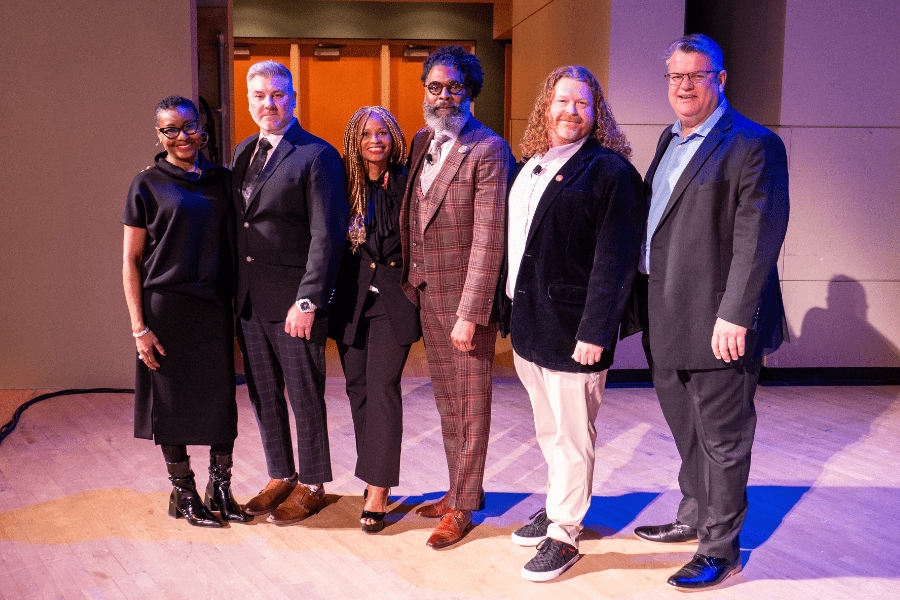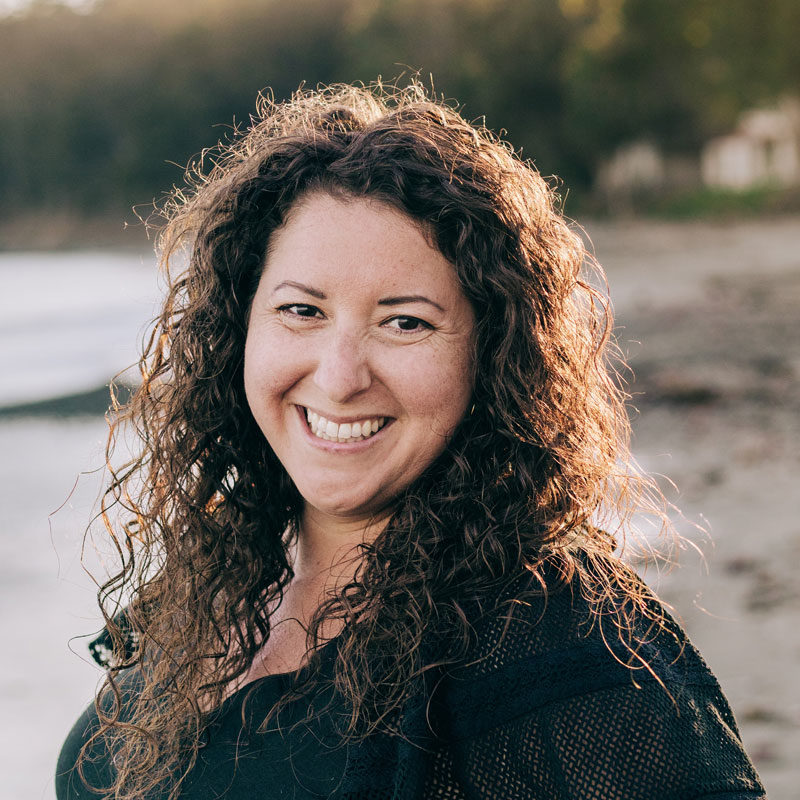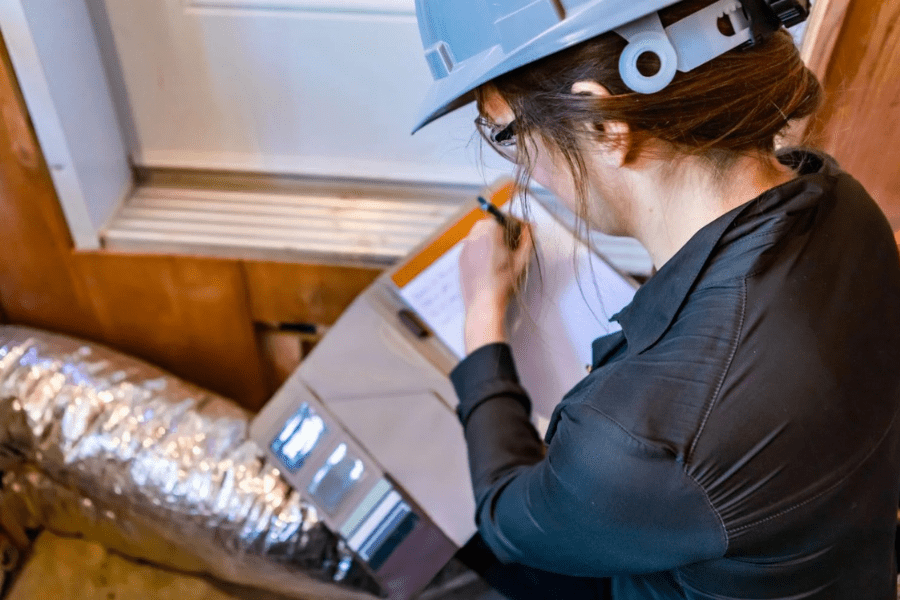Apr 9, 2024
Humanity and Home Performance
At today’s general session at the 38th National Home Performance Conference & Trade Show, more than 2,400 attendees were welcomed by the BPA and HUD teams, and the crowd heard compelling advice from several professionals well-versed in creating an equitable industry.
By: Macie Melendez
Today, in the “city by nature,” 2,475 attendees are gathered for the 38th annual National Home Performance Conference & Trade Show. This year is the second-highest attendance in our organization’s history—second only to last year and a trend we hope continues.
At this morning’s general session, BPA CEO Steve Skodak welcomed the crowd with a big announcement: BPA will be taking the reigns from E4TheFuture to publish their annual Energy Efficiency Jobs in America report. We’ll also be taking over the important duty of adding more people to the Faces of EE—a nationwide campaign that aims to humanize the statistic that 2.2 million energy efficiency pros work in the U.S.
Those 2.2 million people are what drive our industry forward every day.
And these big numbers tell a compelling story, as BPA COO Nate Natale said in today’s welcome. He was referring to the big numbers of our conference this year. As I mentioned, it’s the second largest in our organization’s history, but that’s not even the most exciting part. At this year’s conference, there are 49 states represented (no hard feelings, Hawaii!) and 900 companies in attendance.
There are 16 tracks consisting of 197 educational sessions and 300 presenters. I’m not done yet…48% of our attendees this year are at their first home performance conference and one-fourth of the total attendees are new to the industry.
As Natale said, “These numbers provide us with a national reflection of where the industry is today.” What that tells us is that our industry is growing, that a new generation is gaining interest, and that we’re still a group dedicated to sharing best practices with our peers.
After Natale, Matt Ammon, Director of the Office of Lead Hazard Control and Healthy Homes for the U.S. Department of Housing and Urban Development (HUD) also welcomed the group. This is the second year in a row that BPA has partnered with HUD, which has brought many of their grantees to the conference. This year, we’re also welcoming attendees from HUD’s National Healthy Homes Conference—bringing two like-minded groups together under one roof. This partnership has been a testament to both organizations’ commitment to making all homes safe and resilient.
The second half of the general session was set aside for a very important discussion on the intersection of building science and social science—and about what equity means in the context of home performance.

The panel, titled Humanity & Home Performance: Exploring the Interdependence of Equity, Energy, and Economics, consisted of a powerhouse of BPA board members and industry professionals:
- Darnell Johnson, Urban Efficiency Group
- Jonathan Ballew, NASCSP
- Dr. Janell Hills, Interstate Renewable Energy Council
- Carla Walker-Miller, Walker-Miller Energy Services
- John Pady, Community and Economic Development Association of Cook County (CEDA)
Johnson introduced the panel and reminded the crowd that the work we all do is about helping people, not homes. “On the other end of all of our testing is a human being that depends on us in this room to do our best—to ensure that they can live in their home more comfortably, with dignity and respect,” said Johnson.
“The moment we begin to place the house above the human, we’ve made an indelible mistake,” he finished.
Diversity, equity, and inclusion (often referred to as DEI) is very important to BPA, but the point of this panel was to share these ideas with the larger group, as some organizations may be just now working on DEI at their company and others may be years into a DEI initiative. It’s important to remember that we’re all coming from different places, said Walker-Miller. Panelists agreed that looking around the room of this conference showed a diverse audience—one that was much less diverse just a few years ago. But, as Johnson said, “representation is not enough.” We need to be sure that contractors of all backgrounds can come into our industry and not just get a job, but grow a business and sustain themselves in the industry, he added.
And putting that effort into everyone that comes into the industry should come without string attached. “We should only be defined by the pillars of our beliefs and not our zip codes,” said Pady.
Dr. Hills brought up the issue of intentionality. “We need to be intentional about this work; we cannot allow [inclusion] to be transactional,” she said. What does she mean by that? Well, let’s say you want your company to be more diverse, so you hire a DEI coordinator. That can’t be it. You need to allow that person a seat at the table; you need to be transparent about pay equity. While DEI can be seen as a buzzword, it’s important to know that it’s so much more than checking a box.
“Actions are important, but it does not come before understanding what the issue is,” says Johnson.
Another critical piece to building an equitable industry is speaking up. “If we’re going to reach everyone, we need everyone who believes in the cause to be courageous and speak,” said Walker-Miller. Ballew expanded on that idea, saying that “just because you are not an affected group doesn’t mean you can’t speak up for what’s right for that group.”
While we often look to minorities to push diversity initiatives forward, it can’t be just them speaking on the cause. It takes a collective effort to be truly equitable.
“We trust people that look like us, so anyone that believes in the cause needs to speak,” said Walker-Miller. The bottom line is that this is not an issue about race or gender or financial status. It’s about humanity. And, together, as humans we can make a collective impact on our industry. Helping to make the home performance industry equitable for every human that works in it and every human whose home we make better through efficiency.
Meet the Author
2 Comments
Leave a Comment
You must be logged in to post a comment.







Hi Macie,
Just read your timely article. Thank you so much for putting the emphasis on the people we serve! At Age Well at Home, we serve older homeowners of color to create a safe environment to live and so they can preserve homeownership and generational wealth. In Minneapolis and St. Paul, we have some of the highest racial gaps in homeownership in the country. Our work is to try and close the gap – keeping older adults of color in their homes and passing on their property to the next generation when they are ready to do so.
We use a person-centered trauma informed approach that puts the homeowner (rather than the house) at the center of all we do. It dramatically changes the impact. The safety renovations and modifications we install are important but the relationships we build are critical to our success!
So thank you for highlighting the kickoff general session. Hoping it trickles down to eventually impact all the sessions that are taught throughout the conferences in the future.
Also, appreciate you highlighting the importance of equity within the industry.
Hi Pat,
Thank you so much for this thoughtful response and for all you do for the industry! Your organization’s approach at Age Well at Home is exactly what was discussed during this opening session panel and something every organization should strive for.
I’d love to talk to you more about your work so we can keep telling these stories. If you’re interested in working with me on an article, please do reach out: mmelendez@building-performance.org.
Thanks again.